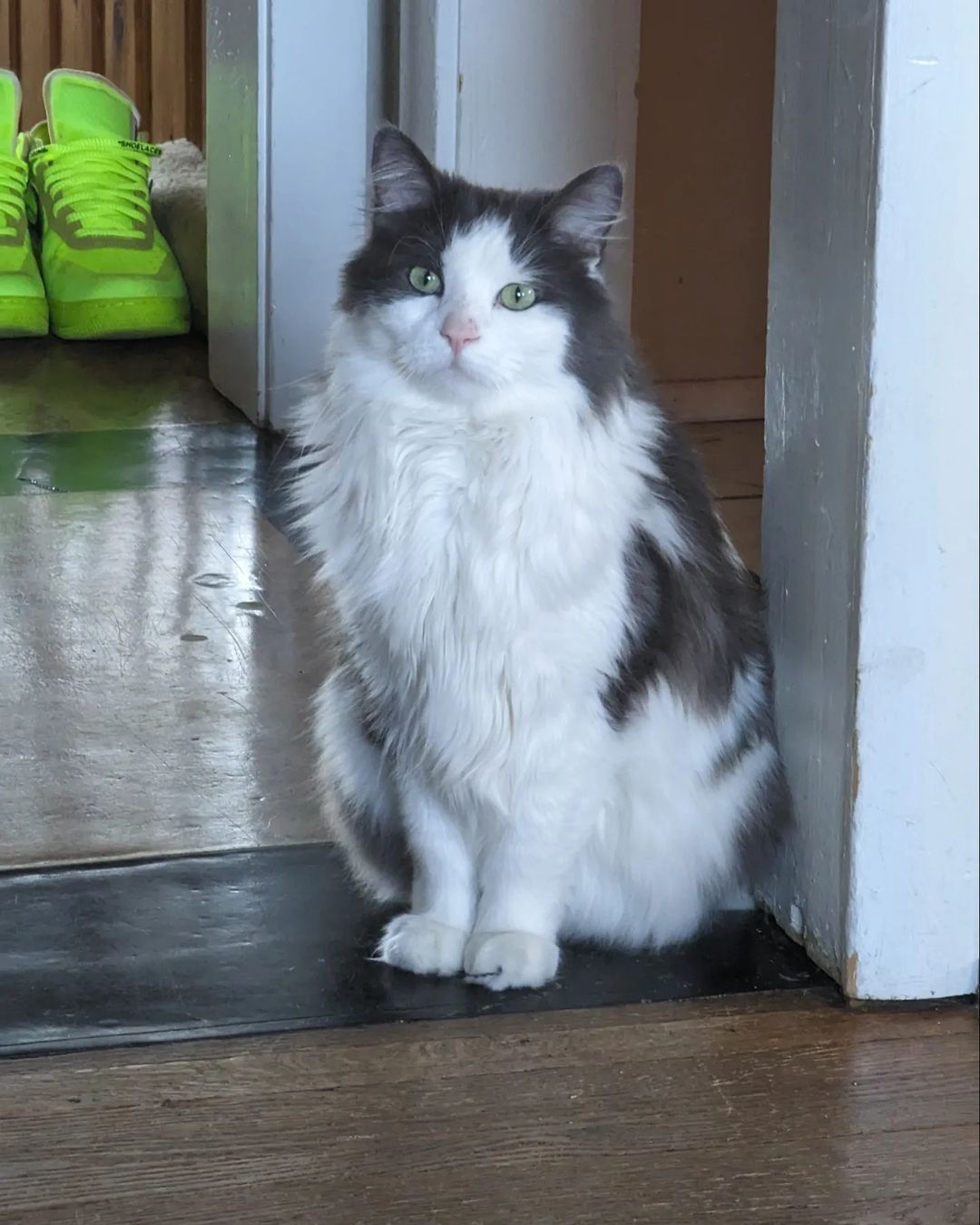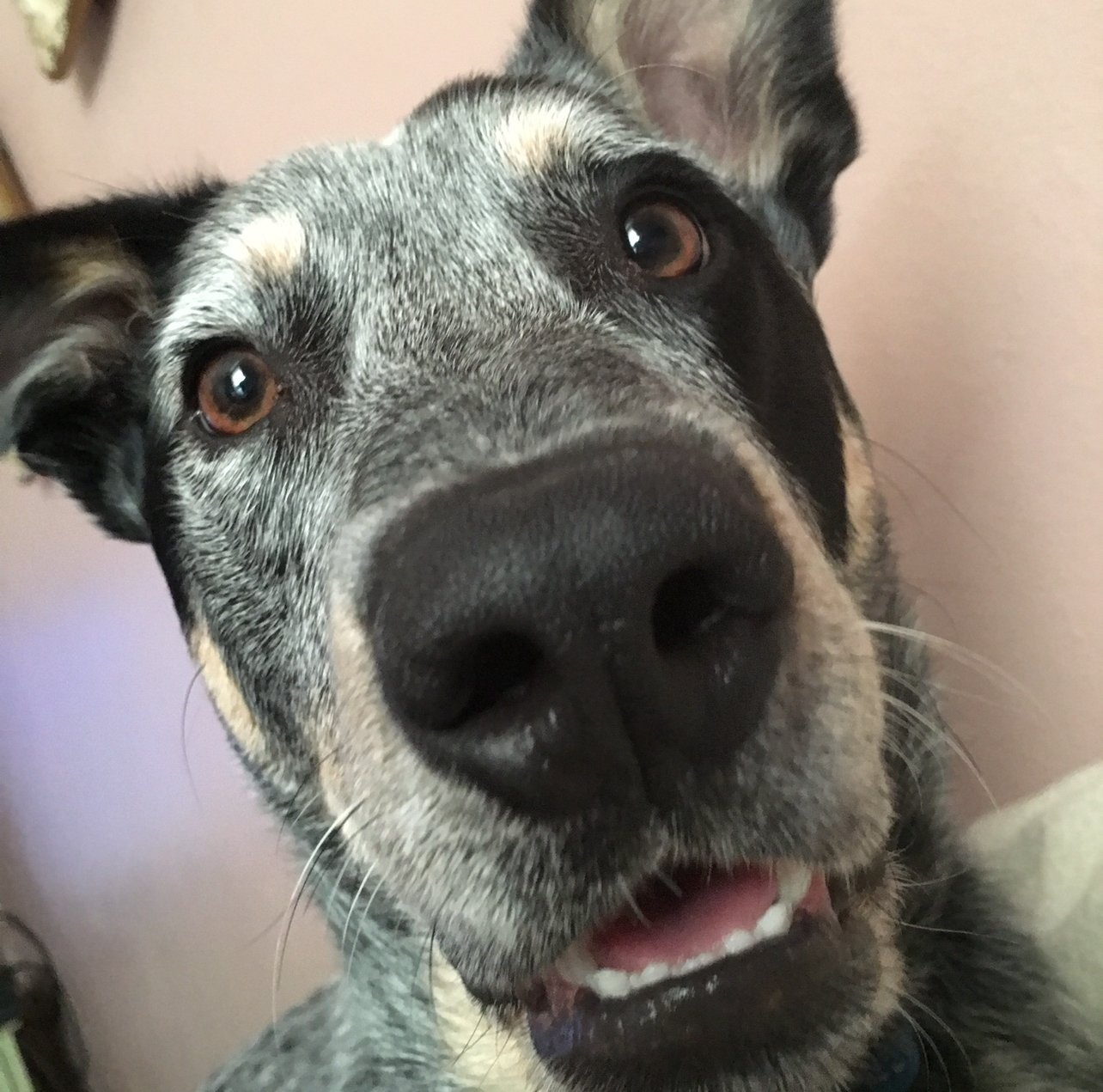The way I’ve always figured it out is by deleting some, then loading the page in a different browser or an incognito window, and repeat until the URL is as minimal as possible, while still loading correctly. For websites you use regularly, you’ll figure it out pretty quickly.
Also me:
- QualifiedKitten@kbin.social
- QualifiedKitten@lemmy.world
- QualifiedKitten@piefed.social
- 0 Posts
- 28 Comments

 3·11 days ago
3·11 days agoI don’t actually do all that many image searches. I’m usually searching for text based pages, and those results have also gotten super terrible, but this doesn’t seem to have any impact on that.

 11·11 days ago
11·11 days agoBut what about all the AI slop in the web results?
There is another option: don’t buy the tacos. Stop patronizing businesses that give you an option to tip.

 22·15 days ago
22·15 days agoJust dropping one of my favorites here…


 5·18 days ago
5·18 days agoDamn. TIL I’m a bot and can’t view either link.


My solution to that has been fostering! I technically only have a sensible 2, but there’s currently a total of 7 under my roof, and a few more on the way.

 2·1 month ago
2·1 month agoI could be wrong, but I have a suspicion that you still won’t be able to once it’s paid off. I’ve run into the issue a few times in the past when buying an “unlocked” Pixel from Amazon that was carrier unlocked, but the bootloader was still not unlockable. A “carrier unlocked” phone allows you to use the phone on any carrier, but doesn’t always guarantee an unlockable bootloader.

 7·1 month ago
7·1 month agoMy oldest loves to explore the kitchen counters at 3a. Last week, I found the huge glass jar that I store his kibble in knocked on its side, but thankfully not broken.

 7·1 month ago
7·1 month agoI don’t even like podcasts, but where do I subscribe to your’s??
My extra dumb brain initially read that as “any dumb iranian” and was momentarily infuriated.
I was definitely still drawing/writing on my walls in high school, and I’m not even “artsy”.

 1·2 months ago
1·2 months agoI find both avatars and display names annoying and distracting. If they’re enabled by default, I turn them off.

 4·2 months ago
4·2 months agoFoster! I got in real deep and about a week ago had 12 kittens from 4 litters, ranging in age from 2 days to 2 months. Finally found other foster homes for half of them, so I’m back to just 6 kittens from 2 litters now. Cats of all ages need foster homes! Some for just a few days, others for months, and most organizations will allow you to “foster fail” if you fall in love.

 1·2 months ago
1·2 months agoI was dual booting, distro hopping to figure out what I liked & didn’t like. After a few installs, I got cocky and thought I had the hang of things, and instead somehow deleted the bootloader, or something like that. Couldn’t boot up at all to any OS.

 2·2 months ago
2·2 months agoAll good! I do a lot of lurking, so you gave me the perfect set up to actually participate! I do a lot of kitten fostering, so I spent A LOT of time reading up on their genetics to try and make sense of things and guess what the father(s) look(s) like. New fun fact: kittens from a single litter don’t all necessarily share the same father.

 3·2 months ago
3·2 months agoYour fun fact is only partially correct. Calicos and torties are almost always female because the black/brown/grey(dilute) and red/orange colors are both located on the X chromosome, so in order to have both colors, they have to have 2 X chromosomes. Male calicos & torties have some genetic abnormality such as XXY or are a chimera. Red/orange females are much less common than red/orange males, but not all that rare, because they have 2 X chromosomes and therefore have to have 2 copies of the red/orange gene to be solid red/orange, while males only have 1 X chromosome, so they only need 1 copy of the red/orange gene to be red/orange.
Another fun fact: All domestic cats with red coats are tabbies. Through selective breeding, some reds exist with a coat that appears solid, but they’re still tabbies with the agouti gene, just very low contrasting in the striping.

 2·2 months ago
2·2 months agoThey changed that a couple years ago, right? I think that was when I quit.

 81·3 months ago
81·3 months agoI’ve used Pixel phones since they were called Nexus, and it was fun for a minute, but I had too many unexplained issues with RCS and eventually just disabled it. Nowadays, the people I text with most frequently are on Signal. For a variety of reasons, I’ve shifted to giving people my Google Voice number rather than my “real” number, and Voice doesn’t support RCS. So even if I wanted to use RCS, it’s not even an option for most conversations.




As the other person noted, pill pockets or pill wraps help a lot. My more difficult cat initially kept spitting them out even with the wrap, but he eventually learned that I’m going to try again and again, and he doesn’t get the treats until he swallows, so now he’s pretty good at swallowing on the first try AND I can get away with the occasional unwrapped pill.
The other trick I used was using my younger cat to help train the older one. I started off using a syringe of water, followed by treats to get them used to the general process and the understanding that they get treats after. My younger cat would line up for another syringe of water knowing he would get treats, so we’d do a few rounds of syringe water every evening, and I just kept doing that until the older cat got curious enough to voluntarily participate. Once they were both voluntarily participating in the syringed water, they would at least come to me for pills, so the only fighting was to get them to swallow.
Some tricks to encourage swallowing include holding their mouth shut and stroking the underside of their neck, and/or following that pill immediately with a syringe of water.